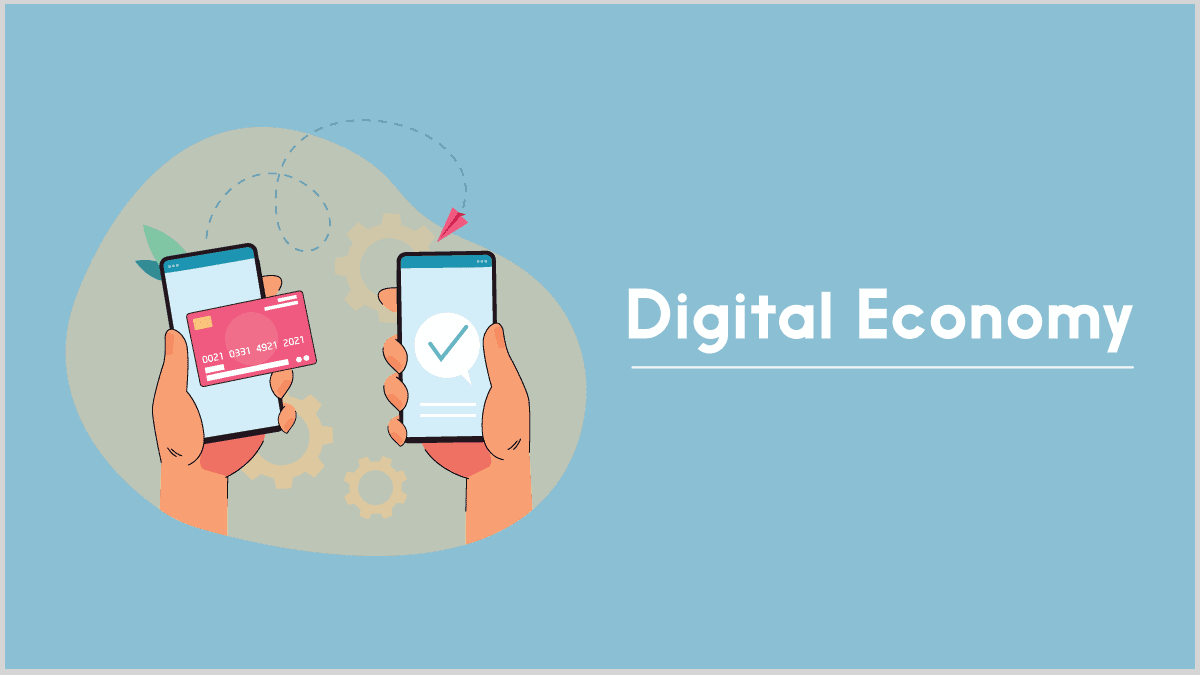 9Nov
9Nov
Introduction :
Education technology means the use of all kind of modern media and materials for maximising the learning experiences. Education technology is suggested by expert as one of the potential means of impairing education effectively and efficiently.
Previously, teachers used to teach in rigid, formal and stereo-typed ways. Education was then conceived as the process of transmitting knowledge and ideas. Student used to get by heart whatever was given by the teacher or textbook. They often could not understand what was taught and were expected to reproduce at the time of examination. Pupils were silent audience and could not make any logical queries or independent thinking of their own.
Today, the student is not considered as an empty vessel to be filled in by facts and figures. They are now expected to use so many media and materials and to get learning experience from all sides. Education is regarded as a process of interaction and interpersonal communication.
How did Rural India adapt the dynamic change in education through the use of technology?
The year 2020 was a revolution in education. None thought that students could learn online for good 2 years. Education changed its course dramatically and resulted in innovations of e-learning, online exams, digital platforms etc. The only source of learning online for Rural India was a smartphone with internet which belonged primarily to the parents. As per the survey by Hindustan Times, there is the availability of smartphones for more than 68% of households in rural areas, but that does not necessarily indicate that children had access to teaching online Since there was no alternative the children/teachers had to get used to the digital transformation. The adaptation was forceful as well as unplanned.
What challenges did people in the rural region face due to the sudden exposure of technology in schools?
The teachers and students had to undergo a substantial psychological change as they used to be present physically in the classroom. Students with siblings had to struggle to share mobile phones for online classes. Internet connection speed, coordination with students, shortage of devices, parents working from home, lack of space etc were some huge challenges for all of them.
Is Rural Education in India Undergoing modification?
I feel there is a start due to the situation, people do realise the importance of technology, but it is far away from the transformation. There still exists a greater divide between rural and urban India. Efforts are needed from the government to encourage synchronous and asynchronous learning for children. Infrastructure upgrades are required to achieve this on a larger level.
Did technology bridge the difference in teaching between urban and rural education?
Personally, I feel, it bridged the gap to some extent, but there was a larger digital divide created between haves and have-nots. Similarly, this would create an opportunity for governments, schools, and colleges to update themselves and work on innovations.
Has learning become shared and interactive for Rural India through the use of technology?
Learning has become creative, but for it to be shared and interactive in Rural India, we need to have a thorough digital transformation plan. Schools should have access to digital content which is available to students/teachers at any given point in time. A reporting system to track students learning progress. Devices availability and technology upgrades in and around the school are also to be planned.
What measures are taken by various schools to help students of rural India?
Schools are trying their best to work with the limitations of technologies, especially on the parent’s end. WhatsApp Groups, Emails, Printing out sheets, and free platforms like Google Classroom, and Teams have come to their aid. State-wise infrastructure improvement is required to give this a bigger boost.


